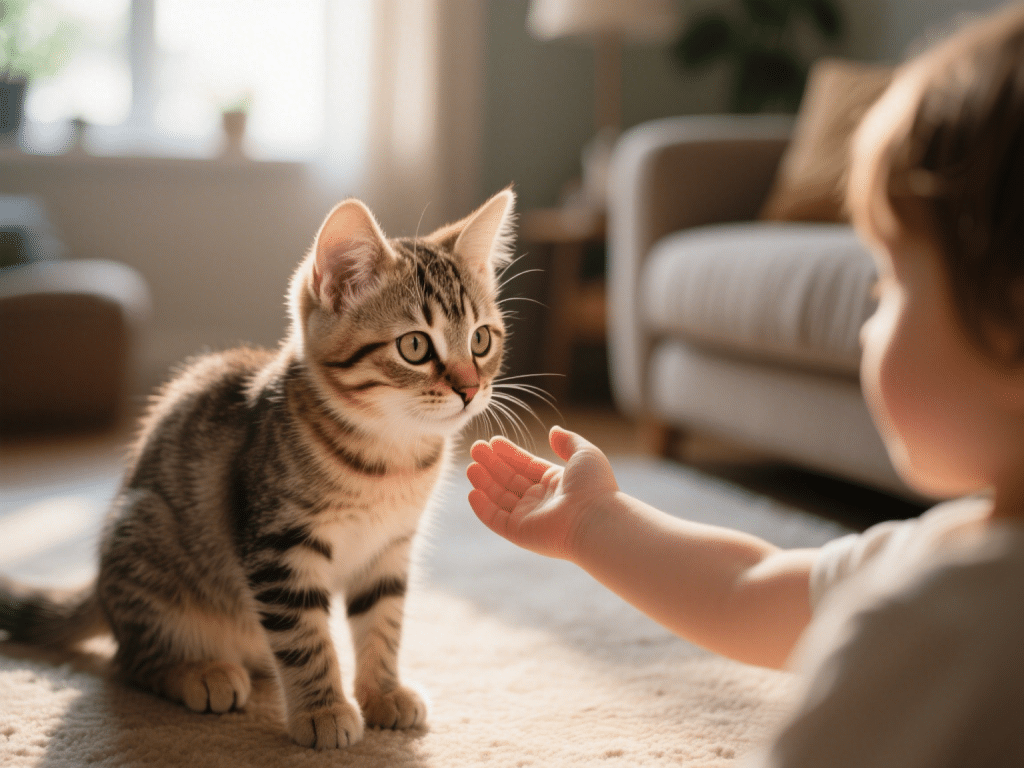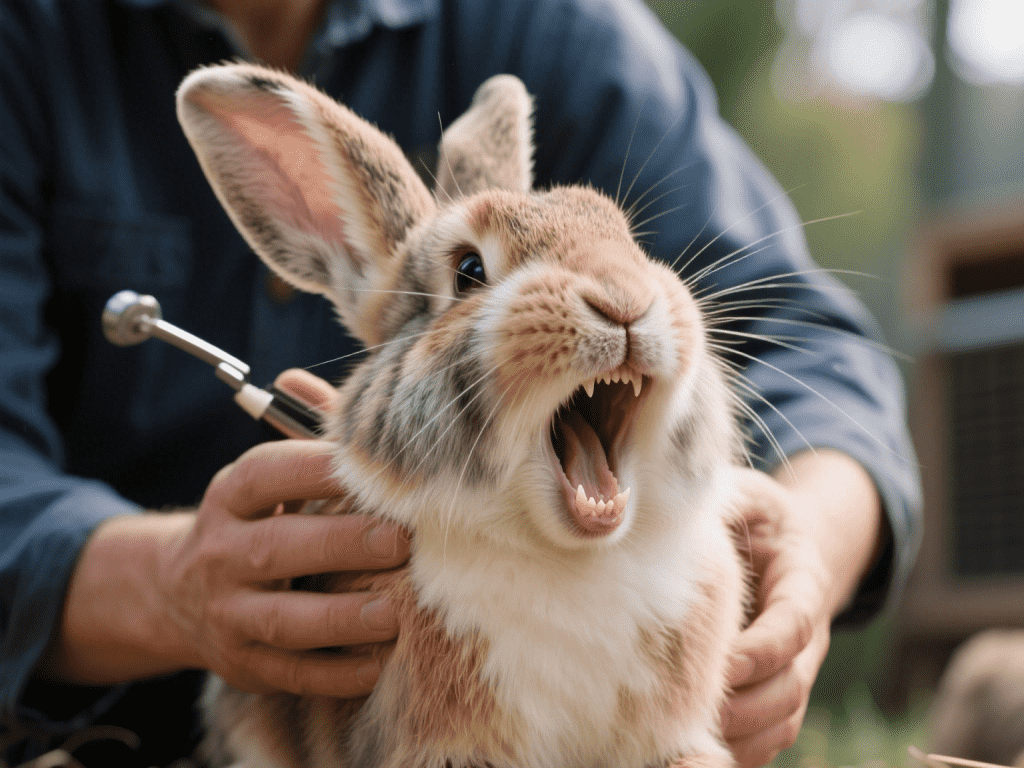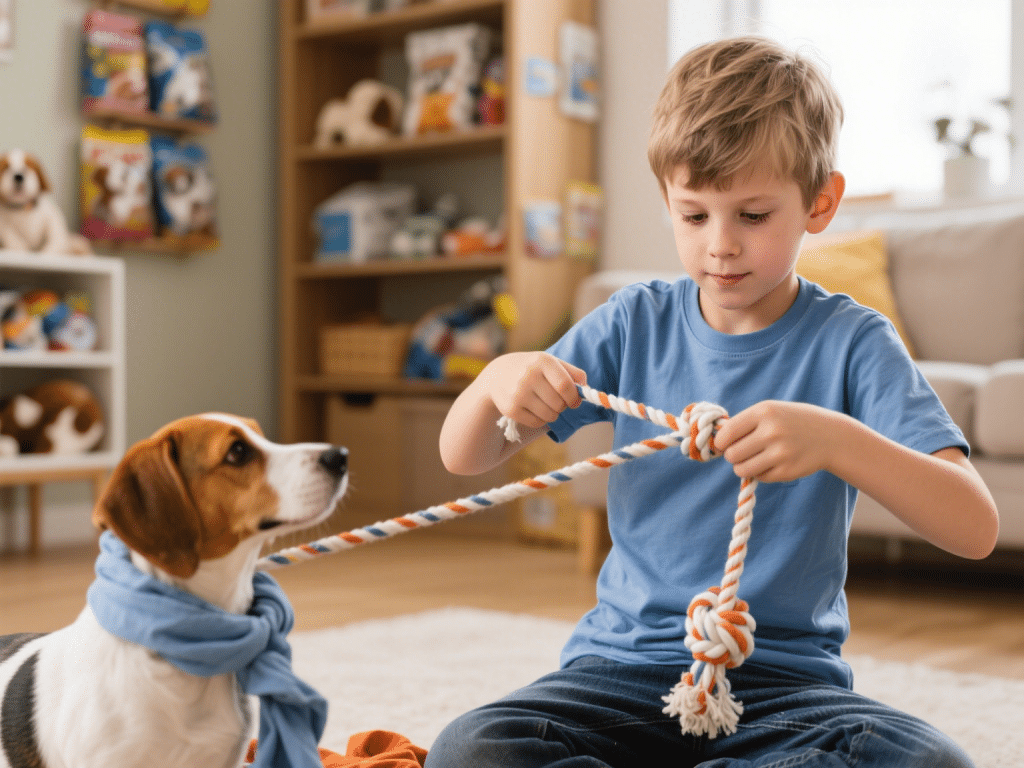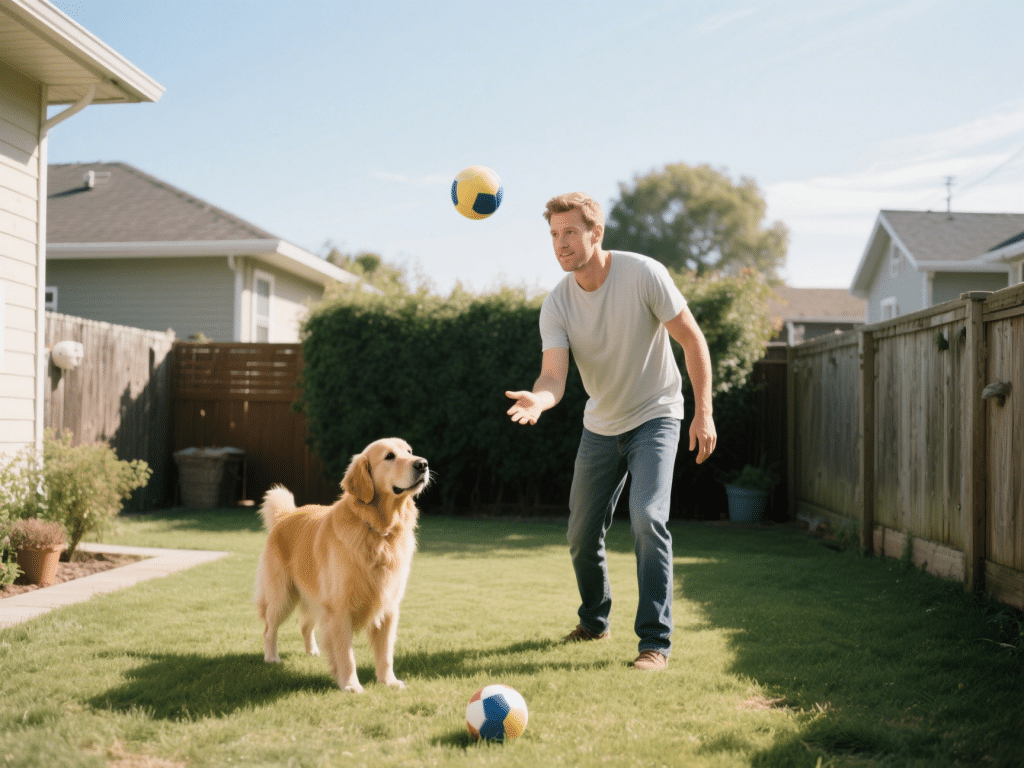
Socialization is the cornerstone of a well‑adjusted, emotionally healthy cat. During the crucial window of two to fourteen weeks old, kittens form impressions that last a lifetime. Drawing on my background as a certified cat behavior consultant and shelter volunteer coordinator, this guide offers you expert, experience‑driven techniques to ensure your kitten grows into a confident, friendly companion—equipped to handle new people, environments, and challenges.
Why Early Socialization Matters
Domestic cats evolved from solitary ancestors, yet successful integration into human homes depends on flexibility and trust. Under‑socialized kittens risk fearfulness, aggression, or stress‑related behaviors later on. Proper socialization fosters:
Reduced Anxiety around novel stimuli
Improved Adaptability to travel, vet visits, and new family members
Enhanced Human–Cat Bond, making grooming and handling stress‑free
Creating a Positive Socialization Plan
Gradual Exposure: Introduce new sights, sounds, and textures in controlled sessions of 5–10 minutes. Start with low‑volume recordings of household noises (vacuum, doorbell).
Gentle Handling: Support the kitten’s body fully—no dangling! Stroke along the spine and under the chin. Reward calm behavior with soft praise and small treats.
Diverse Interactions: Invite friends, children (supervised), and gentle dogs to meet your kitten. Always observe body language for signs of overstimulation (flattened ears, wide eyes).
Structured Play for Social Confidence
Interactive play sessions serve dual purposes—exercise and social learning. Use wand toys to mimic prey and teach appropriate pouncing. Praise your kitten when they disengage voluntarily; this reinforces self‑control.
Desensitization and Counterconditioning
For noises or experiences your kitten fears, pair the stimulus with high‑value treats and calm praise. For instance, play a brief recording of rain at very low volume while offering tuna bits; gradually increase volume over days until the kitten remains relaxed.
Handling Common Challenges
Fearful Retreat: If your kitten hides, allow a safe escape route. Offer gentle coaxing with treats rather than forcing interaction.
Rough Play: Bite inhibition develops through littermate play; if your kitten bites too hard, cease play briefly. This “time‑out” teaches gentle mouthing.
Overstimulation: Watch for tail thrashing or dilated pupils. End sessions before stress escalates.
Expert Insights
“Socialization isn’t a one‑time event—it’s an ongoing process,” emphasizes Dr. Alan Chen, DVM. “Continue exposing adolescent cats to new experiences through the first year.”
Long‑Term Benefits
Well‑socialized cats are easier to groom, handle at vet appointments, and integrate into busy households. You’ll enjoy an affectionate, trusting companion who greets visitors with curiosity rather than fear.
Action Plan Checklist
Schedule daily 10‑minute socialization sessions
Rotate between people, toys, and environments
Maintain positive reinforcement—never punish fear
Conclusion
By investing time and mindful techniques during your kitten’s critical socialization window, you’ll cultivate a balanced, confident adult cat. Armed with these experience‑tested strategies, consider every gentle touch, new friend, and novel texture as building blocks for a lifetime of feline friendship.









Comments on " Socializing Your Kitten: Effective Techniques for a Confident Cat" :